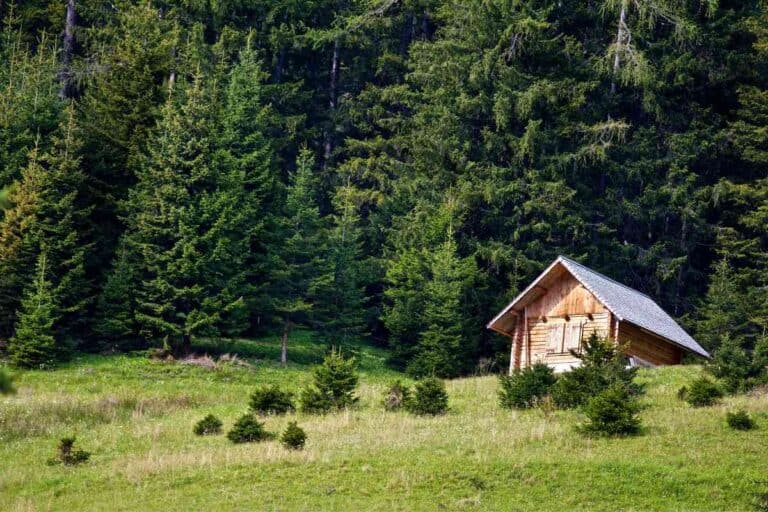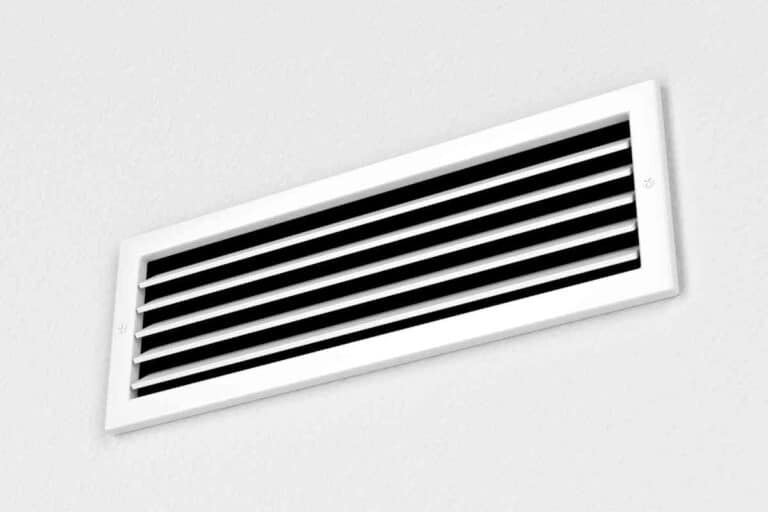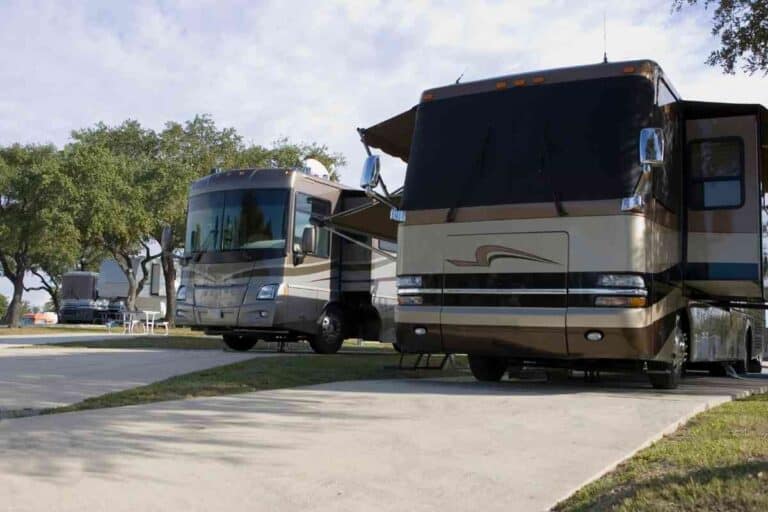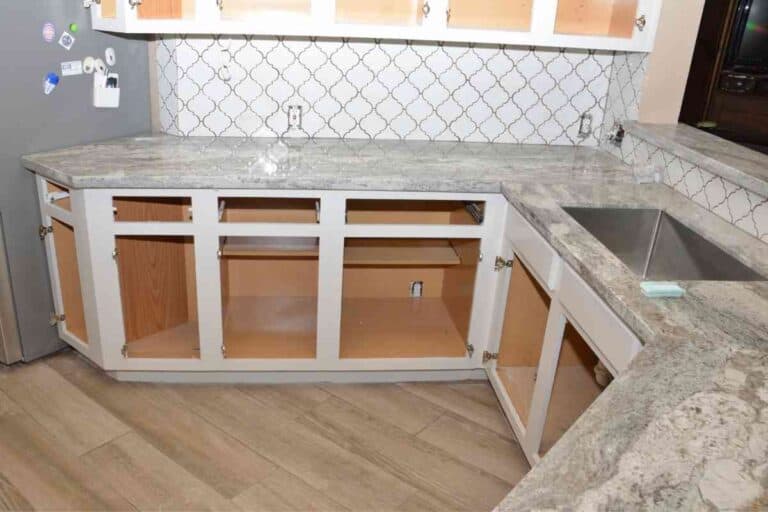Do Fireplaces Make Your House Colder? Answered!
You may find family members sitting around the fireplace, listening to the crackling sounds of the wood. But does a fireplace make the house colder?

Do fireplaces make your house colder?
A fireplace can indeed make the house colder. This happens when the fireplace isn’t in use since cold air gets in through the chimney while hot air escapes. Even when the fireplace is in use, the chimney tends to suck out some warm air, and the house will be relatively colder.
We embarked on an exciting journey to understand why the fireplace presence in a home may easily become a disadvantage. Our escapade involved discussing the phenomenon with professional home builders and homeowners who have installed fireplaces.
It turns out that the fireplace is not the issue but the opening in the chimney, which is essential for adequate ventilation.
How Fireplaces Warm Up Houses
To appreciate the need to have a fireplace installed in your home, you first need to know how it works.
People living in places where the weather gets freezing will understand this better. It is impossible to get through cold winters without a good heating system.
Most fireplaces used in many homes conventionally are firewood fireplaces. The type of fuel determines the furnace many homeowners opt for today.
While traditionally, firewood fireplaces were the in-thing, this has since evolved and changed with more fuel being preferred.
Today, fireplaces that use propane gas, coal, natural gas, and charcoal are more common. What one goes for is a matter of personal preference.
However, for typical firewood fireplaces, a chimney is a must-have. This is a great source of ventilation as it ensures sufficient air circulation.
Oxygen comes in through the chimney into the house and the fireplace, whereas carbon monoxide exits through the same.
Unfortunately, this has to happen at the expense of a little cold. The hot coal from the firewood and the heat of the flame helps keep people warm.
How do Fireplaces Make your House Colder When They Stay Unused
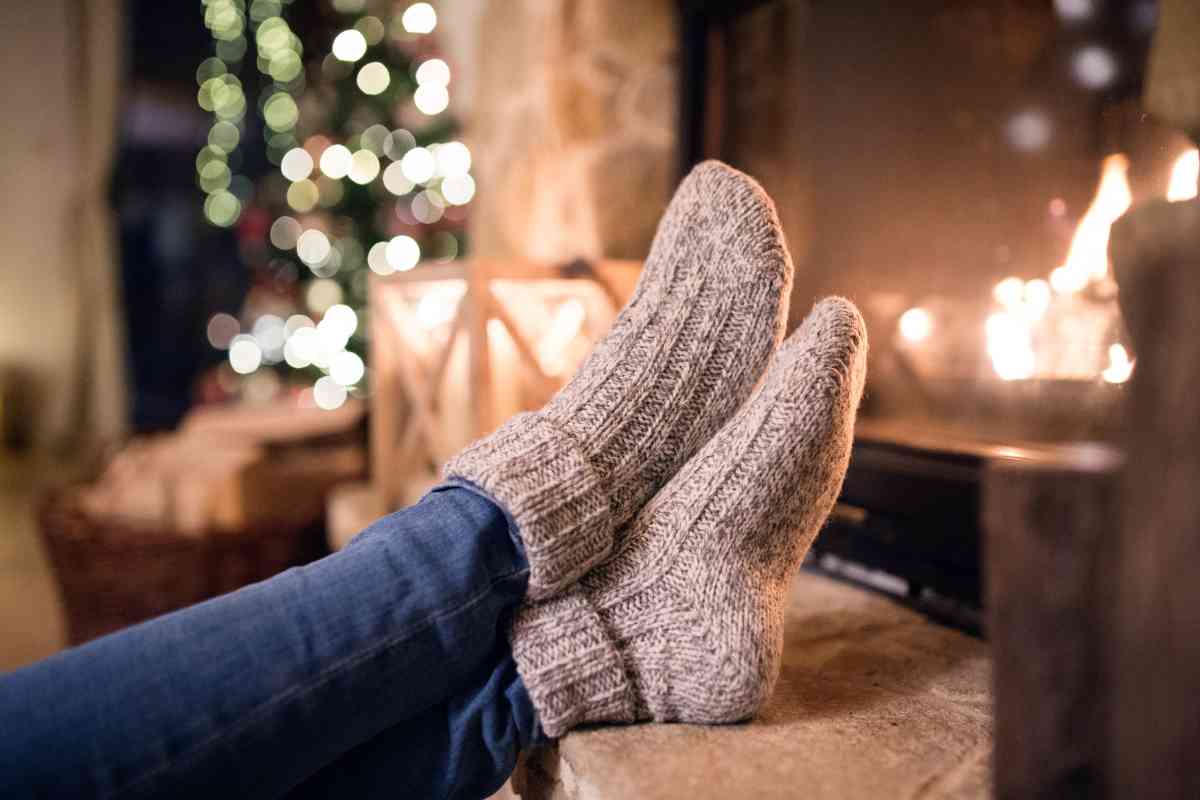
This happens because of the chimney. Normally, the cold air from outside enters the house through the chimney.
This is countered by the hot flames when the fireplace is in use. However, when not used, the cold air gets in and spreads through the entire house just as it does through the windows.
Unfortunately, the situation worsens during the cold season, say in winter. Besides the cold air coming in through the chimney opening, the same avenue sucks out some of the house’s warm air, creating a further warmth deficit.
This means that heated air from your boiler or other heating sources disappears through this channel, leading to a colder house.
The cold air getting into the house and the warm air being sucked out through the chimney is a continuous process
You will therefore feel too cold in winter if the fireplace is not in use since the chimney will work against your heating endeavors. You may spend too much money on heating to keep the space warm.
Can the House Remain Cold when the Fireplace is in Use?
Yes, this can also happen. The chimney operation is responsible for the cold drafts you may experience despite the fire burning.
Usually, cold air bringing oxygen to the fireplace comes through the chimney. In the same manner, the smoke and carbon monoxide are sucked out through the same avenue.
Unfortunately, this exchange of air comes at a price. When the cold air comes in, and some of the warm air is sucked out with the smoke and carbon monoxide, a lot of heat is wasted.
The fireplace heating technique may not be effective if you are keen on conserving energy.
Usually, the heat released benefits people around the furnace or fireplace. Those in other rooms or far away from the furnace may feel colder, especially in colder months.

Can You Prevent the Fireplace from Making the House Colder?
Fireplaces are great for aesthetics and functionality, especially if you prefer old-school firewood furnaces.
However, these old-school furnaces may not be the most efficient because they may leave the house feeling colder since the flute and chimney suck out warm air with smoke and bring in cold air with oxygen.
Fortunately, there are other ways to prevent such wastage of heat and ensure the fireplace serves you as it should.
Keeping Dampers Closed when the Furnace is not in use
The dampers prevent cold air from entering the house through the furnace chimney. When closed, no chilly air gets in through the chimney, and neither will warm air from the house escape through the same path.
While this is an excellent option during the colder months of the year, make sure to close the damper when the fireplace is in use only when the fire has settled.
Ensure that the dampers are open when starting the fire, as this will ensure that all the smoke and other exhaust gasses are let out.
The firewood produces a lot of exhaust gasses, including carbon monoxide, that need to be ejected to ensure that the house is heated safely. Failure to open the dampers at this stage may lead to gas poisoning, which can be lethal.
Install a Chimney Balloon
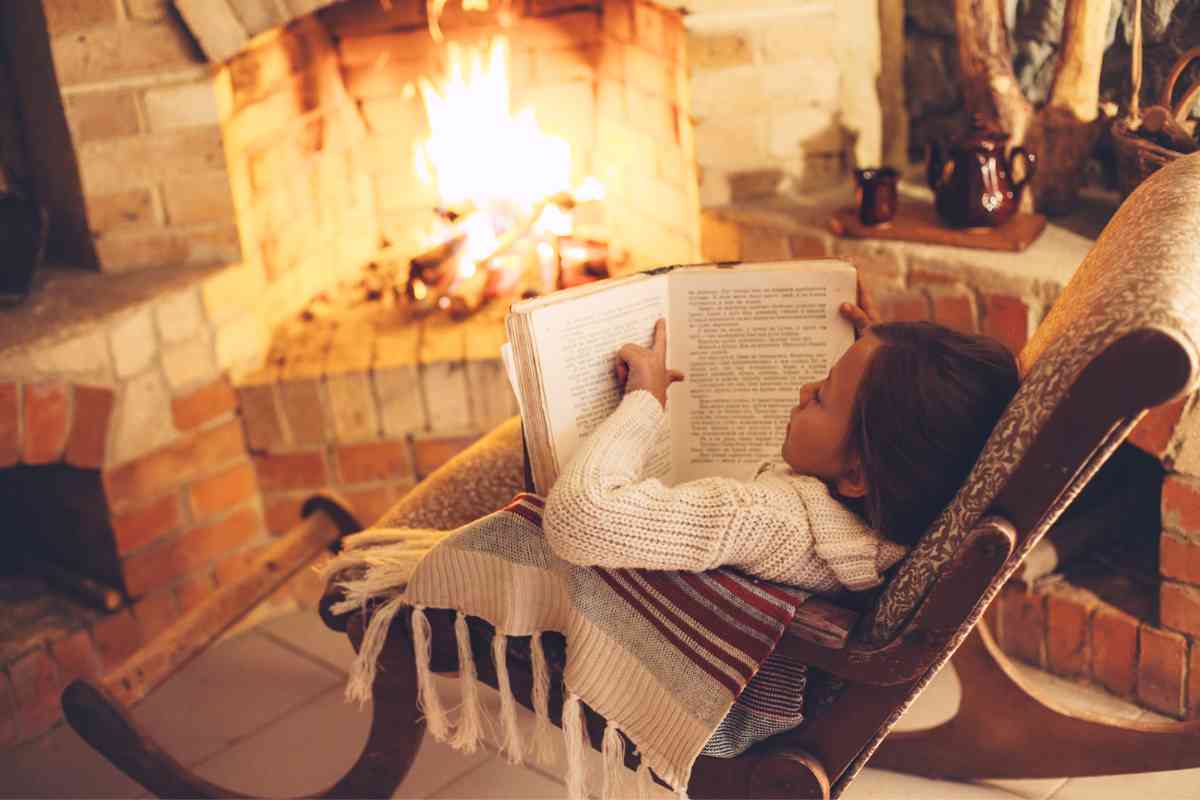
Consider reinforcing the damper using a chimney balloon or plugging it if the fireplace has no fire. The inflated balloon is fixed up the chimney and ensures no cold air gets in through this avenue.
Make sure to remove the balloon before lighting the fire since failure leads to it being deflated.
Install a Tempered Glass Door on the Fireplace
The glass will put a seal on the mouth of the firebox. This prevents cold air from penetrating the house through the chimney when the fireplace is not in use.
Also, warm air will not escape but stays trapped inside the house. Besides keeping everyone warm, such glasses ensure that the furnace is aesthetically pleasing.
Key Takeaways
- Fireplaces can make the house colder if not used appropriately.
- Close the chimney opening when the fireplace is not in use to avoid cold drafts.
- Your house can stay cold despite having a fireplace.

